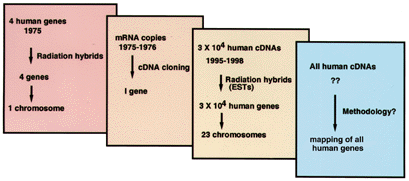
- Select a language for the TTS:
- UK English Female
- UK English Male
- US English Female
- US English Male
- Australian Female
- Australian Male
- Language selected: (auto detect) - EN
Play all audios:
Hurricane trackers in the US see a barrage of storms develop in the Pacific and Atlantic ocean during the summer. This period, known as hurricane season, starts on June 1 and lasts until
November 30. The Pacific side of the US has already seen eight total storms, four of which were hurricanes. The east coast, however, has seen two total storms, just one of which made it to
hurricane strength. The stalled development in the Atlantic ocean is due to a cloud of dust particles suspended in the upper atmosphere along the east coast. These dust particles travel over
from the African northwest during the summer, and prevent storms from building by sapping moisture from the atmosphere. Experts believe the dust particles can even “rip” developing systems
apart. When these particles dissipate, storms are free to form once again. READ MORE: AFRICAN DUST STORMS 'THE SIZE OF CONTINENTAL US’ SUPPRESS HURRICANES The dust particles are not the
only factor in stalling storm development, however, as systems require a specific sea temperature. The NOAA notes hurricanes require at least 26.5C (79F) in the ocean at a depth of 50
metres to form. For this to happen, the sea needs time following the “official” July 1 hurricane season to warm up. The NOAA explains: "Oceans (water) have great heat capacity than
landmasses because of something called specific heat.” READ MORE: HURRICANE TRACKER: 'PREPARE YOUR FAMILY' PEAK OF HURRICANE SEASON “Specific heat is defined as the amount of heat
for some given unit mass that is required to increase temperature by 1 degree C. “Because of its higher specific heat, it takes water longer to heat up or cool down than dry soil
(land)." By August 15 the ocean is close to the right temperature to sustain a hurricane. Experts have noted more than 85 percent of storms in the Atlantic hurricane season take place
after this date. READ MORE: HURRICANE WARNING: IS ATLANTIC HURRICANE SEASON ABOUT TO KICK OFF? Meteorologist and University of Georgia Professor Marshall Shepherd explained August is “like
the coaster car just starting to creep up that first hill before the plunge”. He said the first storms of the “peak” season begin from the Caribbean islands before they move into the US.
Other experts have concurred with professor Marshall, predicting a “back-loaded” hurricane season in the Atlantic. The US National Weather Service (NWS) predicts another 10 to 17 ‘named
storms’ - which pack winds of 79mph and above - could form within the next six weeks. One tropical depression - which seemed to be churning off the east coast and was tipped to become a
major storm - seems now to be dissipating. During its time in the US, it brought powerful thunderstorms to the country in Massachusetts. The National Hurricane Centre's latest update
on the storm read: "Thunderstorm activity has decreased in association with a low-pressure system located a couple of hundred miles south of Nantucket, Massachusetts. "Significant
development of this system is now unlikely as it moves east-northeastward away from the United States."






